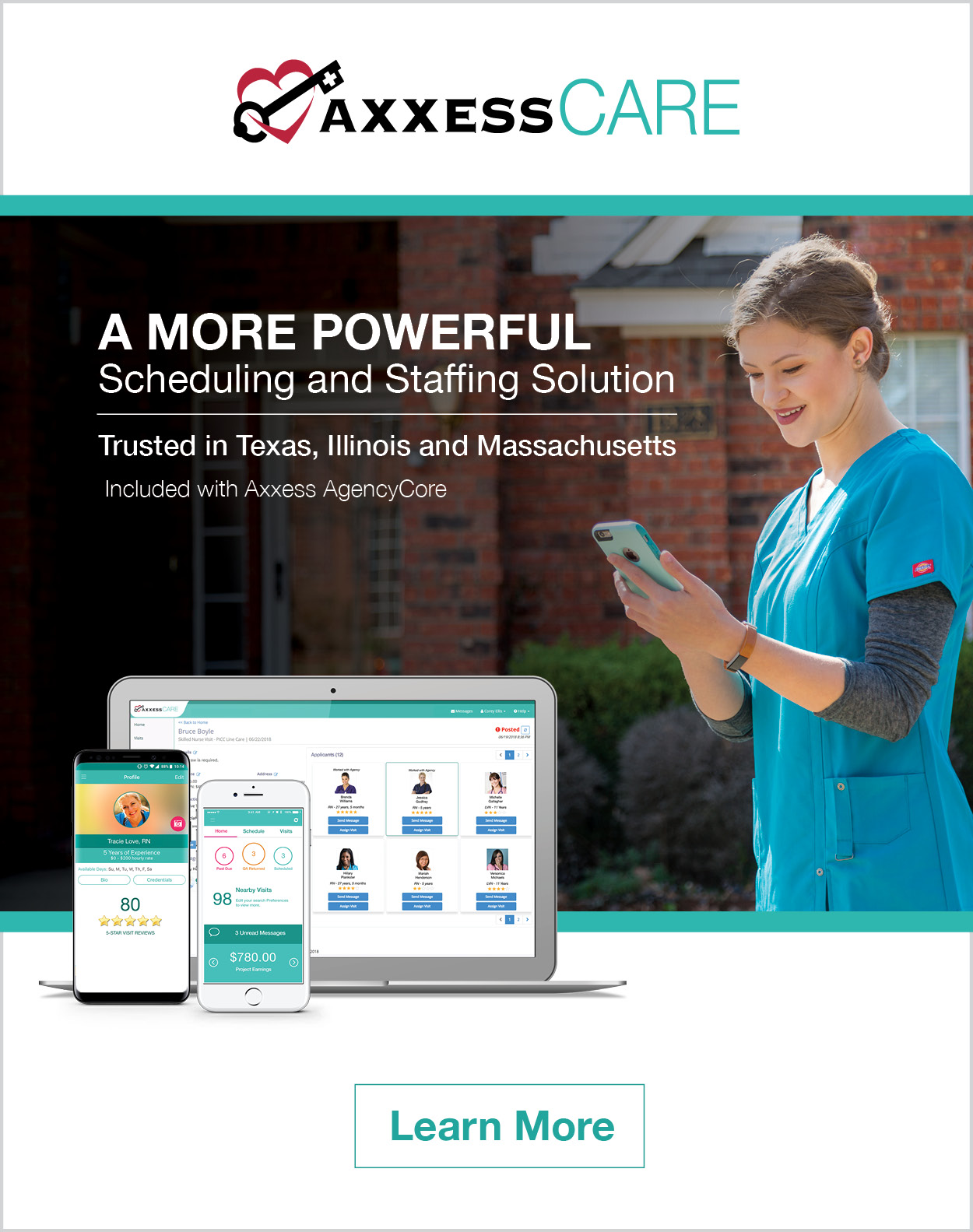The promise of EHRs to improve the delivery, safety, efficiency, and ultimately reduce the cost of care have been the impetus to roll them out across the healthcare industry, and now more so in home health. The procurement of an EHR is a substantial capital investment regardless of the size of the agency and therefore requires deliberation on the true cost of achieving the goals of adoption when weighed against the out of pocket expenses required to achieve these goals.
Although the immediate startup/implementation costs are important considerations when evaluating the purchase of an EHR, longer term maintenance costs tend to carry more weight in purchase decisions. However the indirect costs of training even if anecdotal mostly include – decreased productivity as users learn the new application, change in processes and workflows, learning required by staff to fully utilize new features in the system- tend to be expensive.
During the transition period, not only are there impacts on productivity – reduced patient visits, decreased reimbursement, increased rejected claims to mention a few –there may be decreased staff satisfaction and moral from the procurement and adoption process of the new system. Patients may be impacted during the transition either from staff and their attitudes towards to the new system, or the potential delays or other issues resulting from the changeover in systems. Patients can also be impacted by the competence of the staff with the new system when there are higher chances of introducing or perpetuating errors due to unfamiliarity with performing new tasks.
It is also important to determine the purpose of implementing an EHR, whether transitioning from paper or switching systems. The purpose will drive the process of evaluating systems to procure, the measures that will be examined prior to implementation, and the data that will be later examined to determine the success of the newly adopted system in meeting the overall institutional goals.
Agencies can learn a lot from examining the experience of agencies similar in size and characteristics on their path to adopting an EHR. Asking current or potential future EHR vendors currently under examination for contacts is a starting point, also utilizing the formal and informal network of fellow home health administrators. Prepare the agency for the adoption of an EHR by examining the current workflows for all aspects of the agencies operations, since implementing a new information system or process into place can make bad processes worse.
A review of management perspectives and beliefs, staff attitudes, and other potential human factors (comfort with technology, vision and ability to read screen, ergonomics etc) should be conducted to help prepare the organization for potential issues and roadblocks which may develop as a result. Involving staff in key roles as much as possible with the evaluation of software under consideration is crucial, especially reviewing workflow changes which may prove disruptive. The early buy-in will pay dividends later by improving the transition in systems and minimizing disruptions.
An important factor early in evaluating the return on investment of an EHR is determining the financial impact from NOT implementing an EHR such as inefficient processes, supplies, missed business opportunities, potential penalties to name a few. Putting numbers to staff time spent training, reduced accounts receivable times, increased reimbursement from better completion of documentation in a timely manner are all items which can be factored in as gains from implementing an EHR.
There are a number of IT measurement instruments which have been developed and available for public use. Due to the surge in EHR implementations, the Agency for Healthcare Research and Quality (AHRQ) has put together a website with a number of instruments to assist agencies of all sizes to assess and evaluate their deployment of EHRs, and measuring their success.
References:
Agency for Healthcare Research and Quality. (2012). Health IT Tools and Resources. Retrieved from http://healthit.ahrq.gov/portal/server.pt/community/health_it_tools_and_resources/919
McGowan, J., Cusack, Cusack, C.M., Poon, E.G. (2008). Formative Evaluation: A critical component in EHR Implementation. Journal of the American Medical Informatics Association 15(3):297-301.




